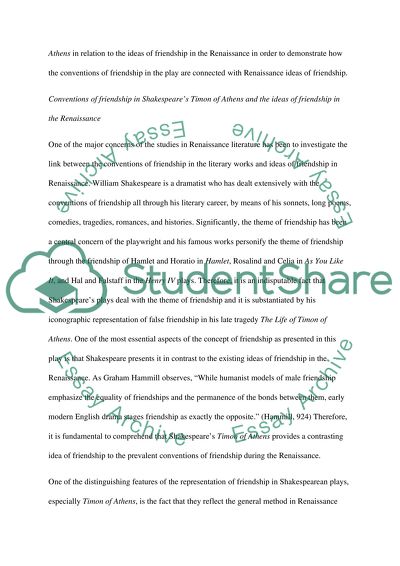Cite this document
(“Friendship in William Shakespeare's Timon of Athens Research Paper”, n.d.)
Retrieved from https://studentshare.org/family-consumer-science/1411674-conventions-of-friendship-in-william-shakespeare-s
Retrieved from https://studentshare.org/family-consumer-science/1411674-conventions-of-friendship-in-william-shakespeare-s
(Friendship in William Shakespeare'S Timon of Athens Research Paper)
https://studentshare.org/family-consumer-science/1411674-conventions-of-friendship-in-william-shakespeare-s.
https://studentshare.org/family-consumer-science/1411674-conventions-of-friendship-in-william-shakespeare-s.
“Friendship in William Shakespeare'S Timon of Athens Research Paper”, n.d. https://studentshare.org/family-consumer-science/1411674-conventions-of-friendship-in-william-shakespeare-s.


